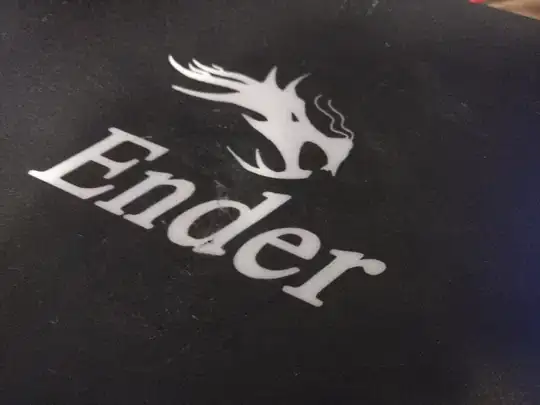The original bed surface of my Ender 3 has become brittle and finally cracked, requiring replacement. I'm trying to figure out what the cause might have been to avoid it happening again. It seems to have started after using "flex PLA", which involves both high temperatures (225 °C) and plasticizers mixed in the PLA. Could either of these have contributed to the problem? I'm not sure what material the bed surface is - it's the new one that's removable and held on by clips. If it's PEI, the glass transition temperature is supposedly 217 °C, just above what I use for normal PLA but well below what I'm using for the flex, so perhaps that's the cause?
Image of the damage: 